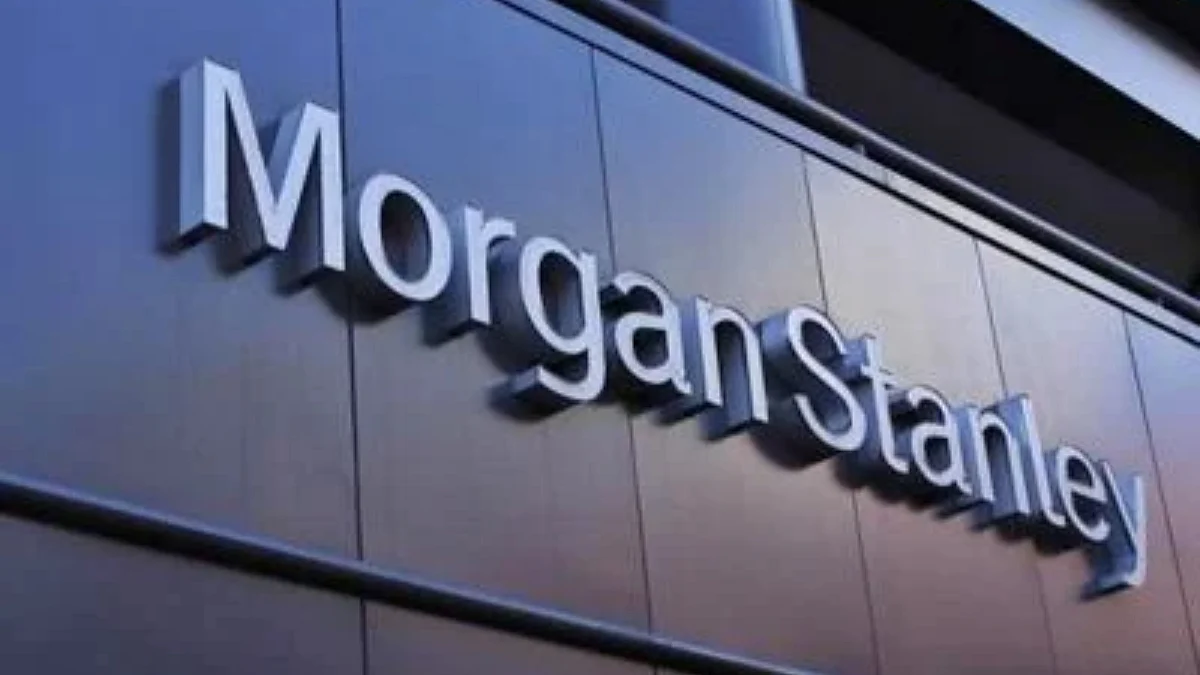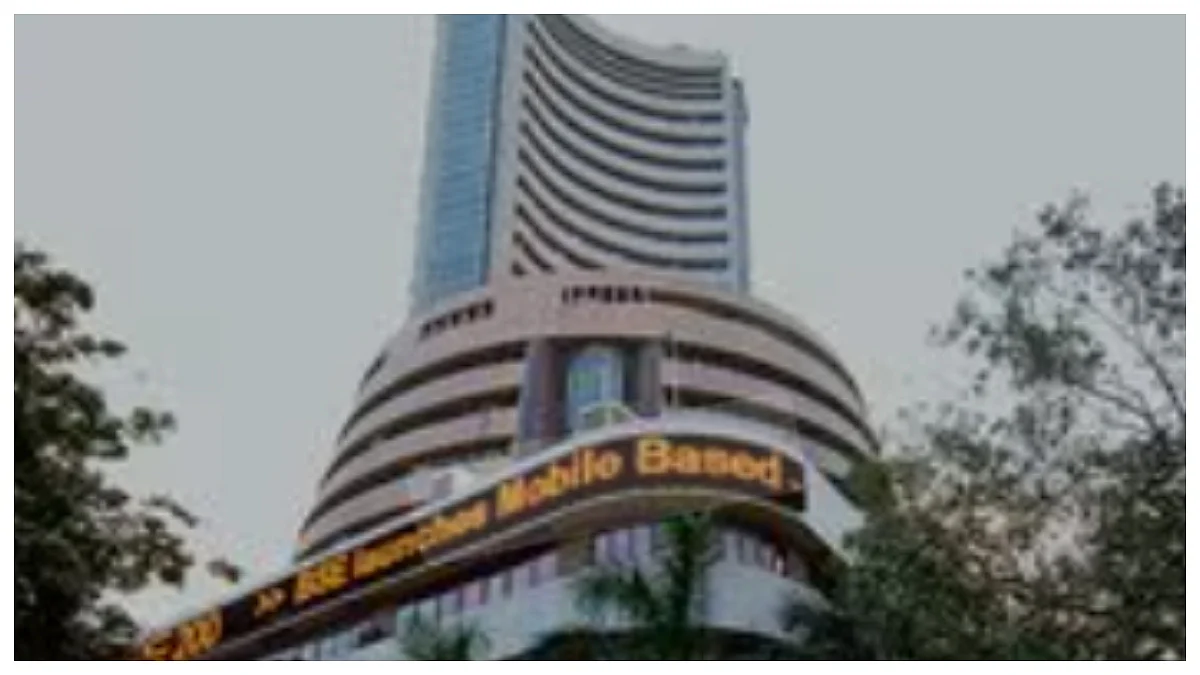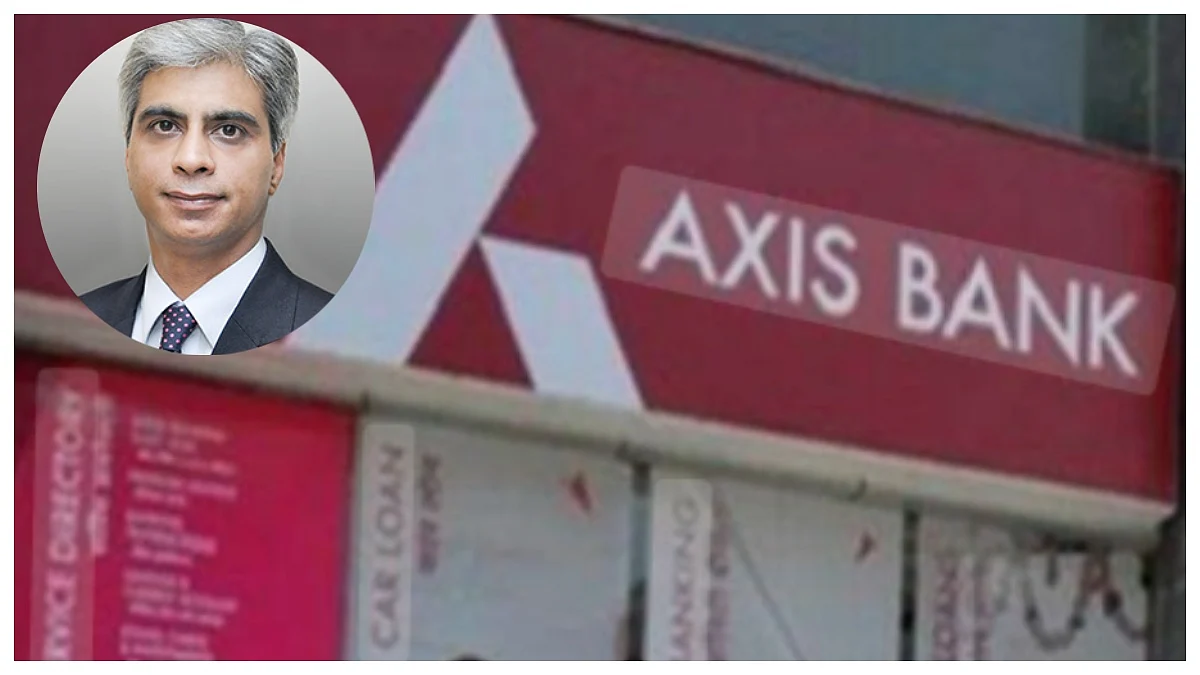In recent years, an increase in the availability and usage of the Internet, smartphones, and digital literacy have contributed to the transformation of how Indian consumers shop.
With a far more westernised generation seeking new possibilities and opportunities, the e-commerce industry has also caught up. Ecommerce is quickly evolving, with many new trends and technologies on the frontier.
One of the major factors driving this expansion is the pandemic, which drove the offline retail market to close and work in a limited capacity, leading consumers to shift to the internet on a large scale.
The second key growing impact is internet penetration around the world, particularly in India, where, following the Jio explosion, internet affordability and penetration in tier 2 and tier 3 cities has been enabled. Mobile as a platform has aided the expansion, and India has already become and will emerge as the second largest e-commerce consumer market in the world.
The e-commerce market has nearly reached a new billion customers, and it took the market about seven years to reach that milestone. Based on current growth stories, we may expect another one billion customers to join this market in the next 2-3 years which is 50 percent faster .
Let's take a look at how e-commerce has progressed and the future growth drivers.
Consumer preferences and behaviour have changed at a breakneck speed. Time spent online has increased, digital payments have improved, and e-commerce has accelerated as a result of the continuous "stay at home" pattern. From groceries and perfumes to high-end jewellery, we can shop from the convenience of our own homes.
The pandemic consequently resulted in significant and long-term changes in the way we buy and make purchases. It has driven the industry's expansion in the country since, in the past, offline shoppers would download ecommerce apps to their phones and purchase from the comfort of their own homes. Millions of new e-commerce users have joined in the last year and a half, including those from smaller cities and villages who are now comfortable shopping online.
The popularity of e-commerce in India has been boosted by the simplification of the entire buying and delivery process. For example, there are numerous factors that shape a customer's buying choice. These characteristics may also be affected by the type of product being purchased.
Pricing and product availability, images of the product, as well as the quantity and quality of product information and reviews, have an important influence as well. Furthermore, the availability of cash-on-delivery, free home delivery, and a simple return policy contributes to the growth of consumer trust and confidence, leading to returning customers and favourable word-of-mouth endorsement.
The industry will be fueled by the introduction of virtual reality tools in 2022. The standard will be to provide virtual aesthetic experiences that smoothly integrate with an omni-channel approach. It is also called a "connected ecosystem."
In 2021, we saw D2C brands selling directly to consumers. We also saw some brands that were in B2B e-commerce. In 2022, these will be the two major sectors that will see the biggest brands grow and make a buzz. The reason behind this is that consumers make decisions after consuming commodities through various channels.
Brands are already preparing to enter the new e-commerce age. Providing features for a new and rich experience from wherever you are, personalising the customer experience based on prior purchasing patterns and your search engine parameters. This will include hassle-free purchasing with faster delivery, data-driven product creation, and value-driven experiences.
With the majority of customers increasingly preferring online shopping to the old format of in-store purchasing, the current trend is to be forward-thinking, influential, and proactive in designing to meet the demands of the customer. In 2022, personalization of products based on customer preferences will be critical. In order to create a tailored and smooth customer experience, e-commerce marketers will need to combine customisable items with innovative technologies.
Speaking of the various sectors that will see the most growth in ecommerce in 2022, groceries and fashion are set to become the key drivers of the 27 percent CAGR growth in India, specifically because of the hyperlocal model.
In the grocery business, several brands are leveraging AI and ML to manage their smart inventory systems and smart route calculation systems, allowing for faster delivery. Second, India is a youth-based country, and we are now living in the millennial era. Fast-changing fashion has grown in popularity, and it will continue to be the most effective growth engine in 2022.
Additionally, consumer targeting has progressed from categories to keywords to cognitive analysis, age, and healthy products. The e-commerce platforms are definitely reading their consumers and providing them with their necessities. Many more trends, such as crypto payments and dynamic pricing, will grow and mark the path forward for natural shops.
With the introduction of the metaverse, many players have already started employing the concept and technology in their shopping experience. While mainstream consumers are still a long way from VR gear, a number of companies are foraying into this new digital frontier.
Virtual shopping has changed ecommerce from static product catalogues to real-time experiences that allow customers to 'walk' through a store while viewing 3D-rendered retail displays made possible by AR and VR technologies. It's a first step toward really bridging the gap between physical retail's sense of immersion and the simplicity and convenience of online shopping.
Growth is imminent, and 2022 will see much more of it. Businesses should consider how to plan for this growth and focus on the important characteristics that will help them manage the growth and turn it into a successful, profitable business. For the best customer experience, they can consider updating their website designs, working on their e-commerce infrastructure to handle all types of traffic, leveraging influencer marketing, and investing in the latest technology. It would be beneficial to also consider the shopping experience, multiple payment methods, and the cart abandonment rate to stay ahead of the competition.
The industry will see more and more adoption of new, innovative, and emerging technologies to provide a wow-factor and a seamless experience making the growth of e-commerce phenomenal.
(Ankit Khurana is Managing Director, ValueScale)










